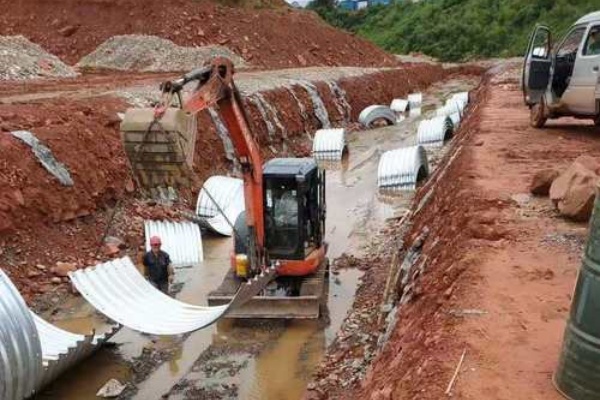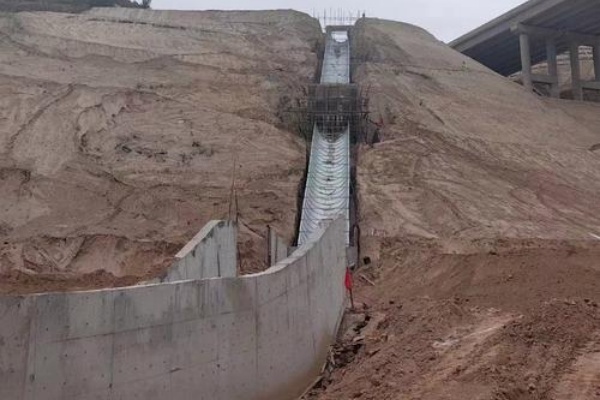- Home
- Products
 Products
ProductsOur products are widely used in highway and railway culverts, bridges, tunnels, channels, water conservancy, flood discharge pipes, municipal drainage pipes, military applications and old structure reinforcement.
- Corrugated Steel Pipe
- Corrugated Metal Pipe
- Corrugated Steel Culvert
- Tunnel Liner
- Tunnel Liner Plate
- Corrugated Metal Culvert
- Galvanized Corrugated Metal Culvert Pipe
- Riveted Corrugated Steel Pipe
- Nestable Corrugated Steel Pipe
- Nestable Corrugated Steel Culvert
- Flanged Nestable Corrugated Steel Pipe
- Flanged Nestable Corrugated Metal Culvert
- Multi Plate Corrugated Steel Pipe
- Multi Plate Corrugated Metal Pipe
- Hot Galvanized Corrugated Steel Pipe
- Hot Galvanized Corrugated Steel Culvert
- Assembled Corrugated Steel Pipe
- Corrugated Culvert Structure Plate
- Corrugated Steel Arch
- Corrugated Steel Pipe Arch
- Corrugated Metal Culvert Arch Structure
- Helical Corrugated Steel Pipe
- Drainage Corrugated Steel Pipe
- Spiral Corrugated Steel Pipe
- Helcor Steel Pipe Culvert
- SuperCor Corrugated Steel Pipe Culvert
- Corrugated Steel Sewer Pipe
- Applications of Corrugated Steel Culvert Pipe
- Corrugated Steel Pipe Culvert Machine
- Machine for Assembled Corrugated Steel Culvert Pipe
- Integral Corrugated Metal Culvert Pipe Machine
- Helical Corrugated Steel Culvert Pipe Machine
- Application
 Application
ApplicationWe maintain excellent cooperation with business partners in many countries. We have participated in the construction of an important national defense projects in Tajikistan,a key water conservancy projects in Laos, a highway construction in the Far East of Russia, design and construction of many mine projects in South America, etc.
- Solution
- Projection
- News
- About Us
- Contact




